Pedal-Powered Home Lighting
We have illuminated our home using human-powered electricity for the past several years. Battery-powered LED lights in rooms and hallways around our house provide the light we need at night. I recharge their batteries using the generator on my pedal-powered computer.
Lighting your home this way has many advantages:
- It uses 100% renewable energy.
- Your lights never go out when the power fails.
- You can recharge the batteries any time, even when it is dark outside or the weather is poor.
- You can put lights anywhere in your home, including areas without light fixtures or power outlets.
- The lights are portable, so you can move them whenever you feel like it.
- It provides a daily source of exercise.
- Your original lighting system is maintained, which you can continue to use when and where you prefer.
- No building modifications are necessary, making this lighting system an option even if you rent.
In short, a human-powered home lighting system using battery-powered LED lights allows you to have a completely reliable, off-the-grid, renewably-powered home lighting system, regardless where you live.
In this post, I will describe the battery-powered LED lights, rechargeable batteries, battery chargers, and the pedal-powered generator we use to provide most of the lighting needs for our home.
LED lights
Motion-Activated vs Manually-Controlled
We have almost two dozen battery-powered LED lights distributed around our home. About two-thirds are manually controlled, the rest are motion-activated. Most are mounted under a cabinet, stuck on the side of a magnetic surface, or simply set on a shelf or counter. A few of them I modified to fit our needs.
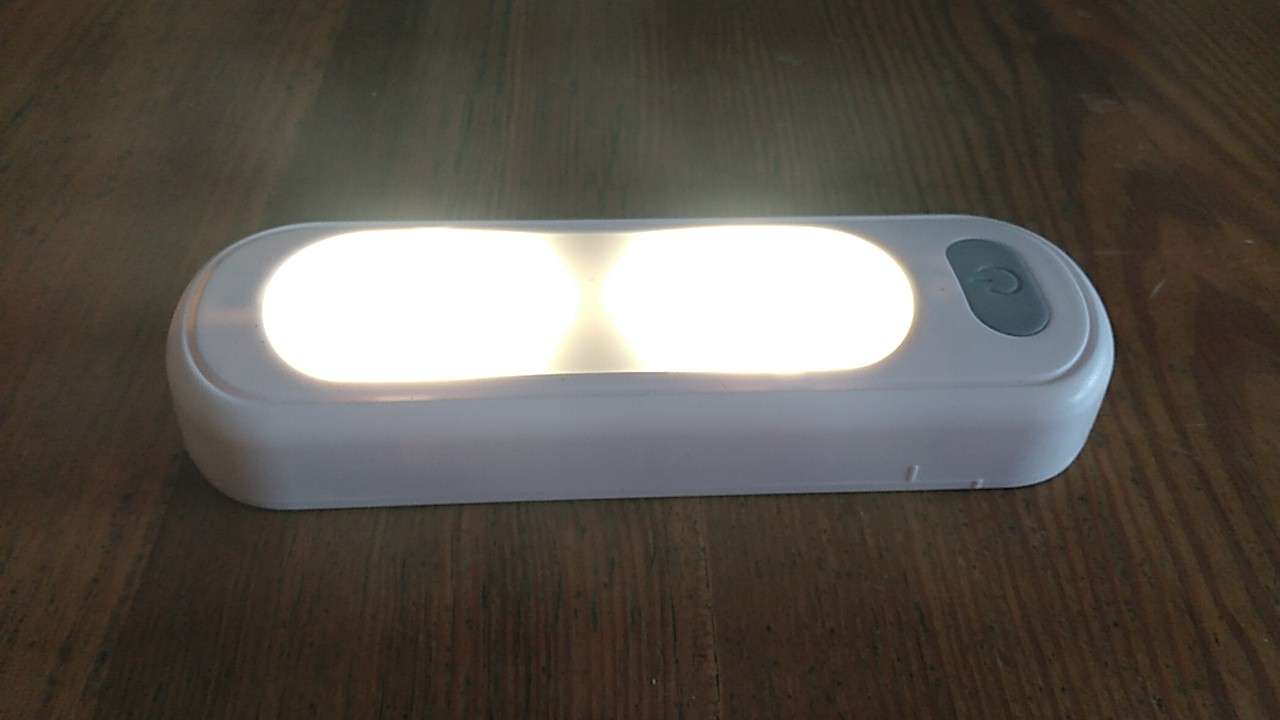
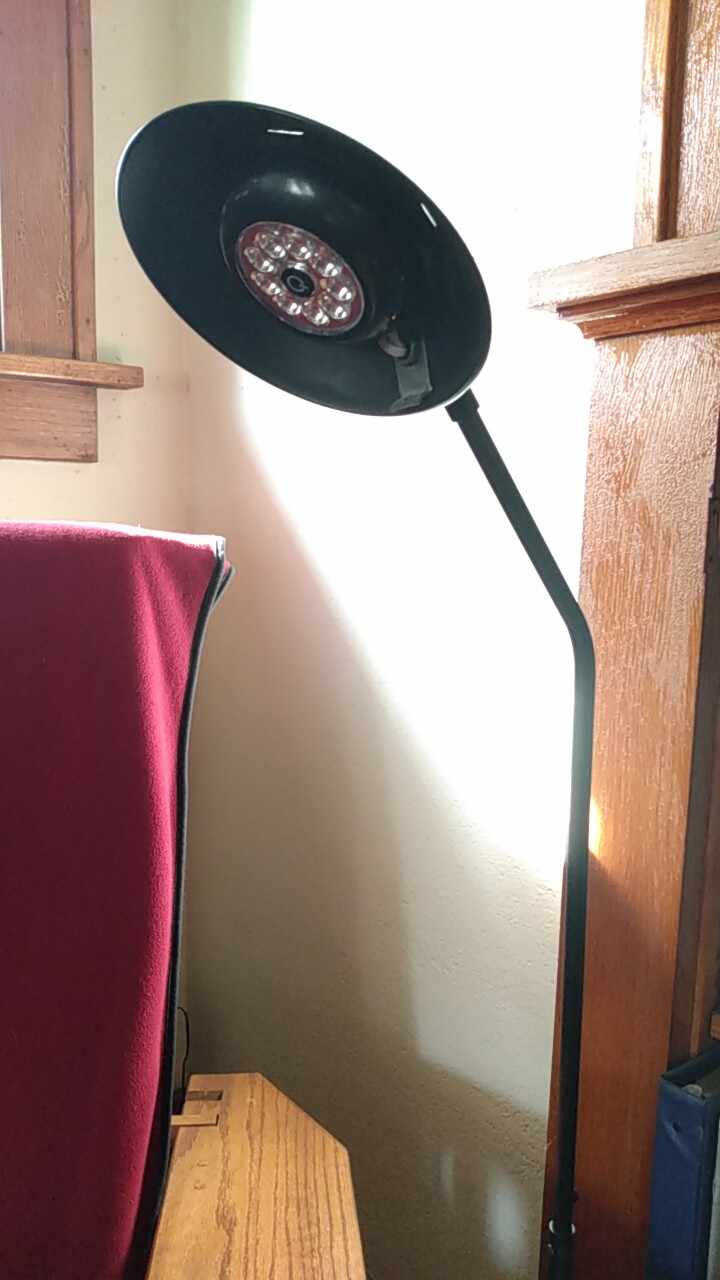
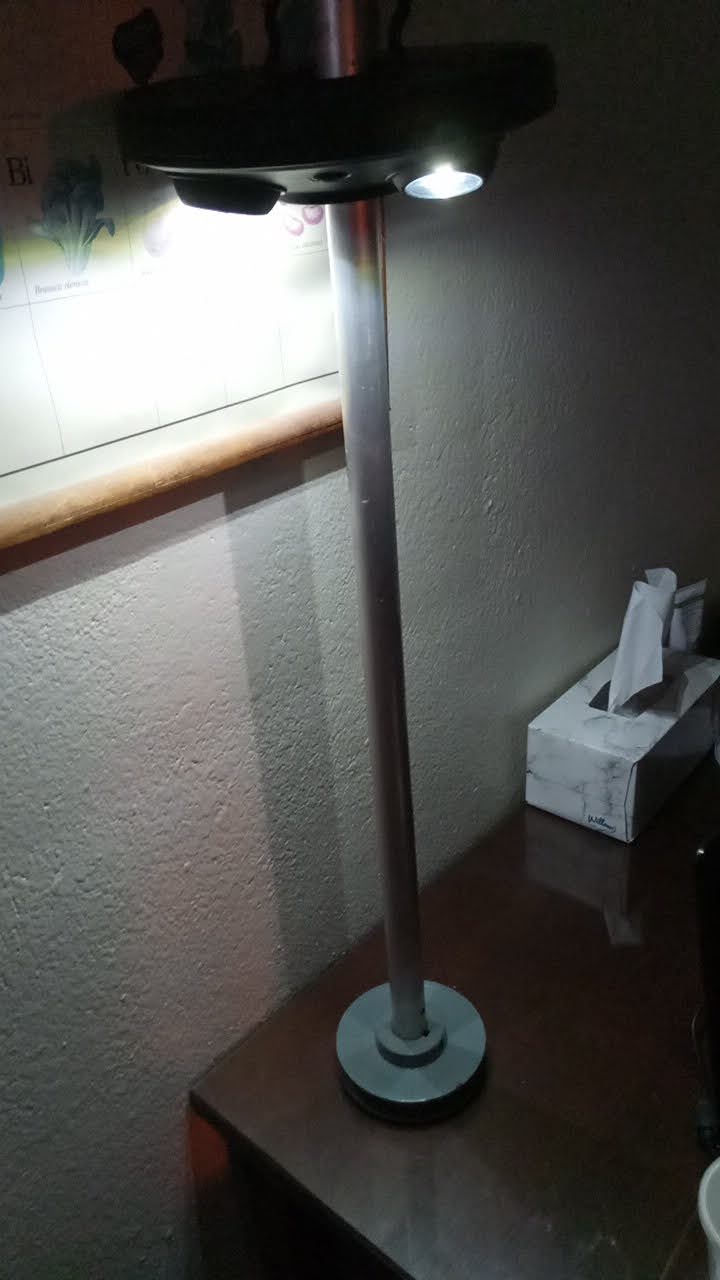
Motion-activated lights operate by detecting changes in background infrared radiation (i.e., heat energy). Since humans give off heat, walking within range of a motion-activated light causes a change in the background IR level and turns the light on. If no change in background IR is detected over a given period (usually 30 or 60 seconds), the light shuts off.
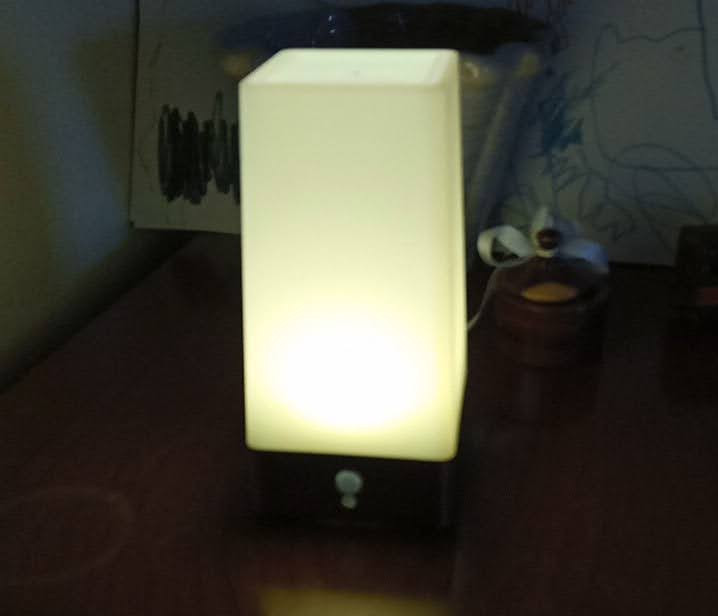
Motion-sensing lights cost a little more than manually-controlled lights, but the added convenience of having a light turn on and off automatically when entering and leaving a room is worth it to us.
Since motion-sensing lights switch off when no detectable motion is present, motionless activities like reading a book require a manually-controlled light. Motion-detecting lights often have a manual on/off override switch for just this reason, but it's often on the rear of the light and difficult to reach. We usually find it more convenient to just place an additional manually-controlled light in the same room.
Brightness
Battery-powered household LEDs vary widely in brightness, anywhere from 10 to 300 lumens depending on the light. Dim LED lights don't provide enough illumination to be useful, so it's important to choose lights carefully.
Unfortunately, the amount of light a battery-powered LED produces often isn't provided by the manufacturer. You can't judge a light's brightness by the number of LEDs it has either, as brightness is a function of both the number of LEDs and the brightness of each LED. Lights with just a few LEDs are often brighter than those having many more LEDs.
We failed to take this into account when we bought some of our LED lights, and now regret it. We now only purchase lights with a luminosity of at least 50 lumens. If a light doesn't specify its luminosity on the label, we don't buy it.
Color Temperature
White LED lights are usually classified as either "warm white" or "cool white". Warm white LEDs have a lower color temperature (2700-3000K), giving them a yellowish color tinge. Cool white LEDs have a higher color temperature (4000-6500 k), making them slightly blue.
Which to choose is a matter of subjective opinion. We prefer cool white LEDs. If you have two lights in the same room, be sure they have similar color temperatures. Otherwise, they won't match.
Rechargeable vs Replaceable Lights
LEDs lights can either have a built-in, rechargeable battery, or use replaceable batteries. The former are recharged using a USB cable, the latter require a separate charger and rechargeable batteries.
Lights with replaceable batteries are sometimes called "non-rechargeable lights", and often include a set of non-rechargeable batteries. However, rechargeable batteries will work too (more on this later).
Lights with built-in batteries are often less expensive than a comparable replaceable-battery light when the cost of rechargeable batteries and a charger are included. However, built-in battery lights have two weaknesses:
- They can't be used while the battery is charging.
- If the battery fails, the entire light must be discarded.
For this reason, we mostly use lights that use replaceable batteries.
Replaceable-battery household lights usually use either AA, AAA, or coin-size (e.g. CR2032) batteries. We only use lights that require AA or AAA batteries. Coin-size batteries have too low a useful capacity and usually aren't rechargeable anyway.
When shopping for lights, make sure the batteries are easy to replace without tools. A couple of our lights require a screwdriver to replace the batteries, which is a real nuisance.
Batteries
NiMH vs Alkaline batteries
The most common AA or AAA battery sold in stores are alkaline batteries. However, alkaline batteries are not rechargeable. We instead use rechargeable nickel metal hydride (NiMH) batteries. They cost more than alkalines, but can be recharged hundreds of times and last for years.
NiMH batteries have a slightly lower operating voltage than alkaline batteries (1.2 V vs 1.5 V), As a consequence, NiMH need to be recharged a little more frequently than alkaline batteries need replacement.
NiMH batteries are often described as being "low self-discharge", or LSD. Older NiMH batteries tended to lose their charge rapidly when not in use. This tendency to self-discharge required charging them more frequently. LSD batteries were introduced in 2005 and, despite having a slightly lower capacity than "standard" NiMH, are now the most common type sold. Nearly all the batteries we use are LSD.
LSD NiMH batteries are available in standard capacity (<=2000 mAH) and high-capacity versions (2300-2800 mAH). We have both types and haven't noticed much difference in runtime between them; however, we rarely discharge batteries enough to manifest the difference. High-capacity batteries are slightly larger in diameter, which can cause them to get stuck in narrow batteries where the batteries are stacked end-to-end.
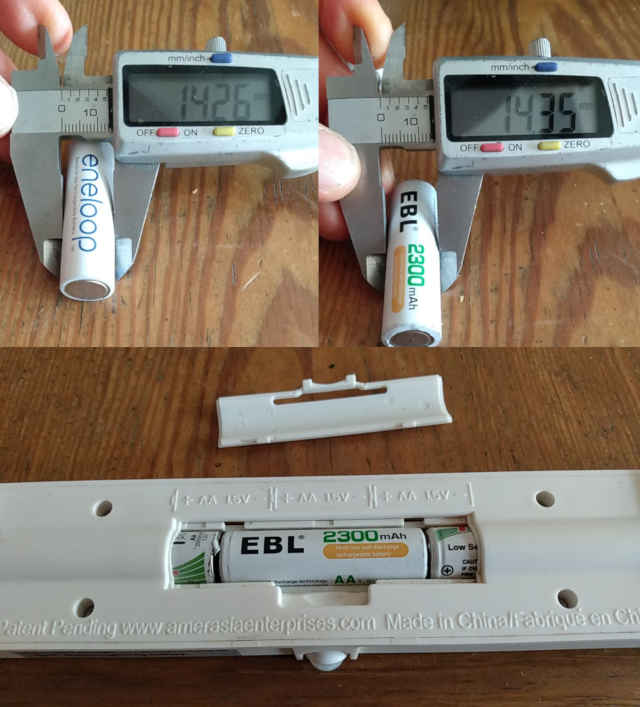
With Batteries, You Get What You Pay For
We have tried the following battery brands:
- Enerloop (Panasonic)
- Tenergy
- EBL
- Recycko
- Powerex
- BTY
Enerloop are my favorite. They are standard capacity--so they fit any battery case--and have been the most reliable. They are also the most expensive.
Tenergy are less expensive and have the same capacity and diameter as Enerloop, but have been slightly less reliable (a few have failed to charge on one of our chargers after repeated use).
EBL are almost as durable as Enerloop, but are slightly larger in diameter and therefore tend to get stuck in narrow battery cases. Recycko and Powerex suffer from the same oversize diameter problem.
BTY are the least expensive brand we've tried but made very poorly. The batteries weigh noticeably less than comparable batteries, which indicates they skimped on the metals that make up each battery. Consequently, they charge more slowly and discharge more rapidly than any brand we've tried. It is the only brand of battery I do not recommend.
Battery Charger
Input Power
Battery chargers can be powered in one of three different ways:
- 110 VAC power cord,
- 12 VDC external adapter, or
- USB cable
Since most pedal generators typically output 12 VDC, a 110 VAC-powered charger needs a 12 VDC to 110 VAC inverter. This inverter not only adds to the system's cost, it wastes energy. For this reason, we don't use these kind of chargers.
Chargers with a 12 VDC external power adapter can be powered directly from 12 VDC if you replace the power adapter with a 12 VDC power cord (aka, car power adapter). We used this type of charger for several years before switching to USB-powered chargers.
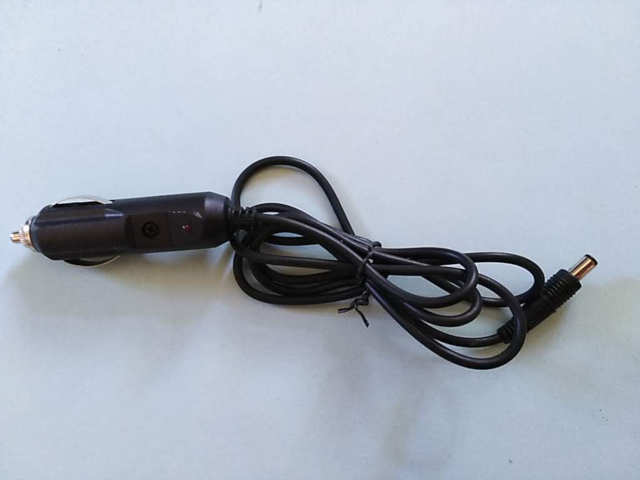
USB-powered chargers can handle up to 8 batteries at a time. They are often more compact than other chargers, making them useful when space is at a premium. We currently use two such chargers.
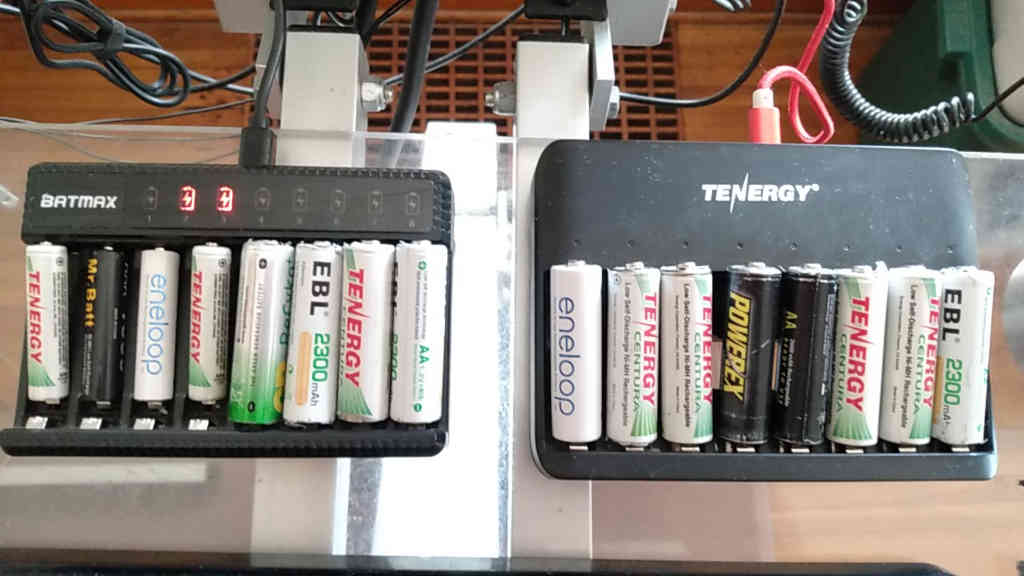
Two Small Chargers vs One Large Charger
Most AA/AAA battery chargers determine when a battery is full using a technique called "-delta V cutoff". The charger charges each battery using brief, high-current pulses. Between pulses, the charger measures how much the battery voltage has increased. When the voltage stops rising and begins to decrease, the battery is fully charged.
The length and amount of current of each pulse determines how quickly a battery charges. The greater the relative pulse length and current, the faster the battery will charge.
I mention this because the pulses of some large, high-current chargers can cause the voltage of a pedal generator system to fluctuate. You won't feel it pedaling, but you will notice it on the system's meter or dashboard. Using two smaller chargers in place of one large charger--like we do--helps smooth out the pulsing because the pulses of the two chargers usually aren't in sync.
Display and Charge Rate
Chargers differ in how they display each battery's charge condition. Less-expensive chargers have an LED adjacent to each battery that changes colors or blinking behavior depending on the battery's state-of-charge. Others use an graphical LCD display. The most expensive chargers display statistics like voltage, current, charge time, and/or internal resistance. I have tried chargers with all display types, and found simple LED indicators to be adequate.
Chargers also differ in how quickly they will charge a battery. The shorter the charging time, the higher the charging current. Too high a charging current, however, can shorten the life of a battery. Chargers promising to charge a battery in one or two hours are best avoided, as these are likely to damage the battery.
In my experience, a NiMH AA battery draws an average of 0.5 - 1.25 W while charging, depending on the charger, the battery's internal resistance, and its state-of-charge. An equivalent AAA battery draws about half as much. This means an 8-slot charger full of batteries can draw up to 10 W while charging.
A fully-discharged standard 2000 mAH battery AA can require up to 8-10 hours of charge time, depending again on the charger and the battery's condition. We recharge our lights' batteries on a schedule to prevent any battery from discharging too deeply, so ours never take that long to fully recharge. We recharge the batteries in our two most heavily-used lights daily; those in our bathroom, hallways, and kitchen lights every three days; and the remaining light's batteries every few weeks. Following this schedule, batteries rarely require more than 2-4 hours to recharge completely.
Generator
Using a Storage Battery to Reduce Pedaling Time
But that doesn't mean you have to pedal for 2-4 hours to recharge them. Most well-designed pedal generator systems use a storage battery to smooth out voltage fluctuations and store extra generated electricity. You can store energy in this battery and power the charger while you are pedaling, then draw from the storage battery to power the charger when you are not.
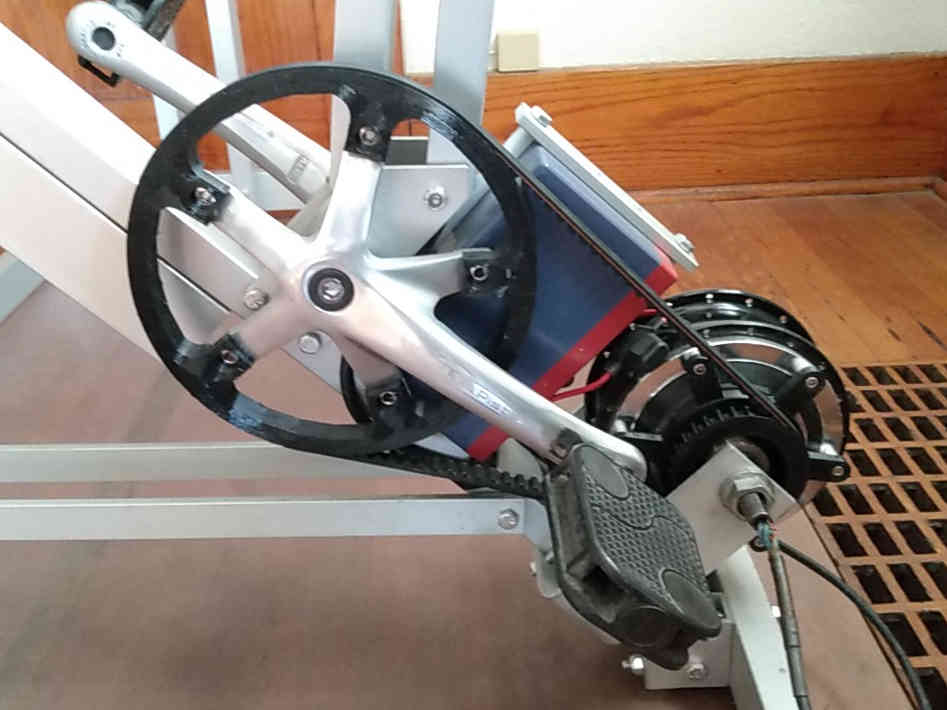
You don't need to store much energy to charge batteries used in small LED lights. We usually recharge four lights (12 batteries) per day using two USB-powered AA battery chargers. The two chargers draw a combined 7 W on average. Our batteries recharge in 2 hrs on average, so the total energy required to recharge them is 7 W x 2 hours = 14 Wh. Since I normally produce about 60 W when charging batteries with my generator, the amount of time I need to pedal just to recharge the batteries is theoretically only 14 Wh / 60 W = 0.23 hr, or 14 minutes.
But charging our storage battery at this high a rate will shorten its life. My generator uses a 12 V 120 Wh LiFePO4 battery. The maximum charging rate of a LiFePO4 battery is normally considered to be 1 C, where C is numeric value of the battery's capacity in amp-hours or watt-hours, but expressed in amps or watts (e.g., 1 C = 120 W for a 120 Wh battery). However, our battery's manufacturer recommends a charge rate of no more 0.3 C for maximum battery life. For our battery, this would be 120 W x 0.3 = 36 W.
Using my pedal generator to only power our AA battery chargers will shorten the storage battery's life, because its 53 W charging rate (60 W produced by the generator minus 7 W consumed by the charger) greatly exceeds the 36 W recommended by the manufacturer.
Multitasking while Charging Batteries
One way to prevent this battery damage is to use a larger storage battery. But purchasing, say, a 196 Wh storage battery to charge 2.4 Wh AA batteries doesn't make much sense.
A better option is to add loads to the generator, such as a TV, laptop, or video game console. This reduces the current to the battery to within it's optimum limits.
Since the battery won't store energy as rapidly, you will need to pedal longer. However, you can use the time to enjoy activities or accomplish tasks you would have done anyway when you weren't pedaling.
This is what I do. I charge batteries every morning while I work on my computer (which is also powered by my generator).
A pedal generator's seating position determines which tasks you can engage in when pedaling. Both upright and fully recumbent positions reduce the range of activites you can accomplish while pedaling.
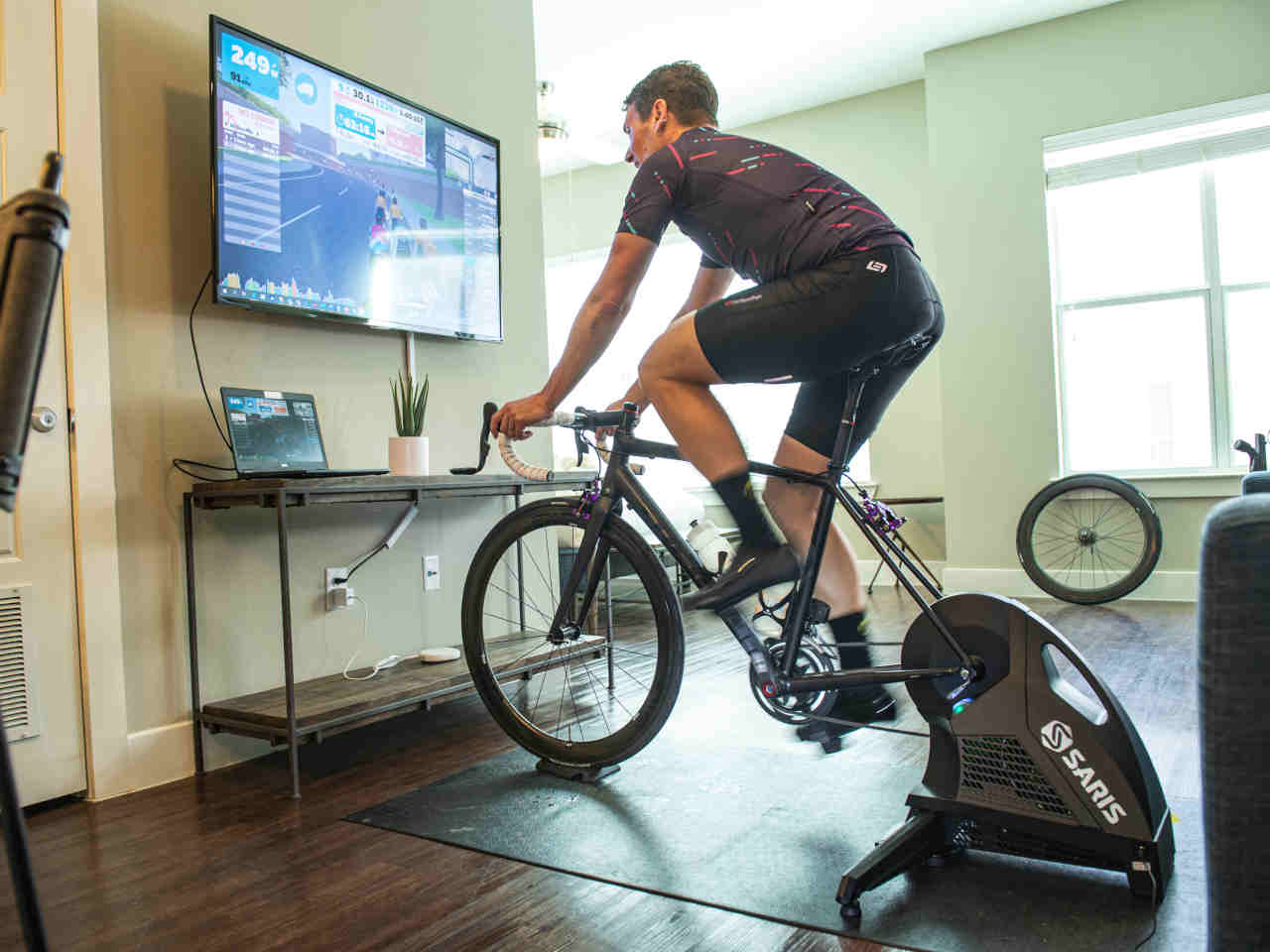

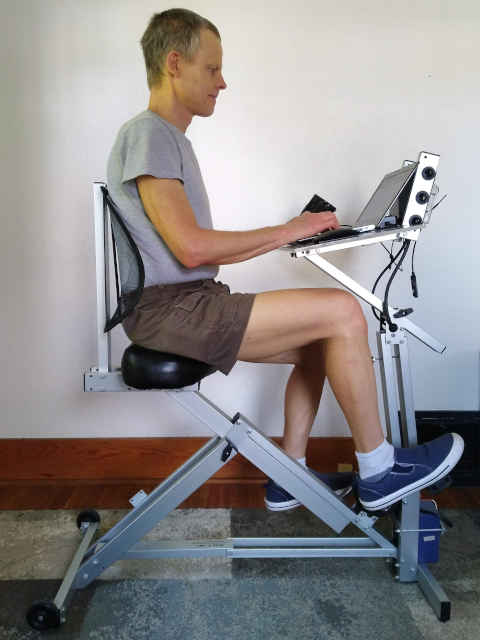
The longer you are able to pedal, the more energy you can generate, so being comfortable while you pedal is crucial. If you plan to build your own pedal generator using an old bicycle or exercise bike, make sure you are comfortable riding it for an extended period first. If it is not, converting it to a pedal-powered generator is a waste of time.
Conclusion
Battery-powered lights generally aren't as bright as conventional household lights, so there may be situations where conventional lights are more appropriate for you. (For instance, we continue to use LED shop lights in our basement workshop.) But, for the bulk of a home's lighting needs, small battery-powered lights recharged using a pedal-powered generator provide a reliable, resilient lighting solution that helps keep you fit and you can implement wherever you live.